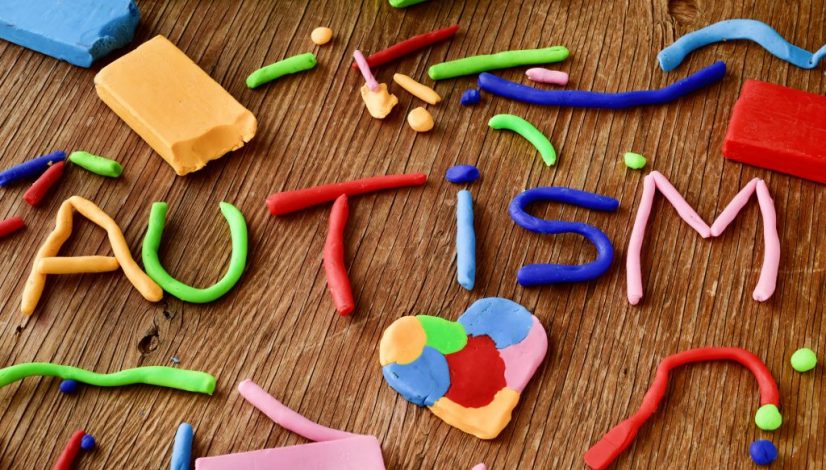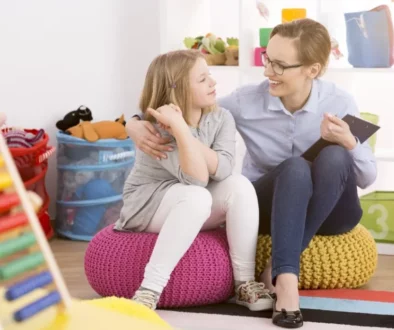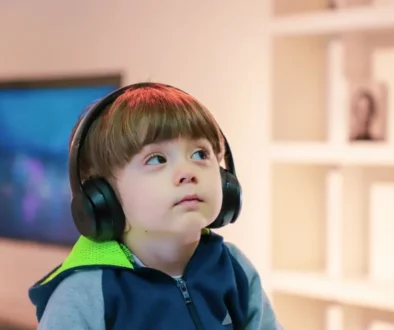How Early Can An Autism Diagnosis Be Made?
Signs of Autism Spectrum Disorder can be noticed in children as young as six months of age. As children age, you could notice an array of behaviors that you may find concerning. It’s important to know what is typical or potential signs of autism.
To gain a better understanding of autism, this article will explain what Autism Spectrum Disorder (ASD) is, the early signs, and how early an autism diagnosis can be made.
What is ASD?
ASD is a type of developmental disability that affects individuals differently. Currently, it is believed one in 54 children have autism and is more likely to be diagnosed in boys. Children with ASD will have underdeveloped social, motor, and communication skills and have difficulty interacting with others.
ASD is typically not diagnosed until a child is at least 18 months old. A child that is two years old or older can be pretty accurately diagnosed by an autism specialist.
Early Signs of ASD
With signs of ASD can be noticed very early in life, many doctors are not comfortable diagnosing a child until about 18 months of age. It is important to note any early signs and be in communication with your doctor if you have any concerns.
One to 12 Months
Babies (one to 12 months of age) may not reach their developmental milestones, such as:
- Smiling
- Looking at people or sounds
- Babbling or making sounds
- Mimicking the sounds or movements of others
- Responding to their name
- Use their hands and pass things between them
- Crawling
Some babes don’t meet these milestones at the same age as other children but keep in mind that all children grow differently. Anything you notice should be discussed with your doctor at check-ups.
12 to 18 Months
Children in this age group can be diagnosed more reliably as their behavior has been monitored over time and many significant developmental milestones should have been reached. By 18 months of age, toddlers should be able to:
- Say up to 20 words
- Know the names of objects like favorite foods or colors
- Understand simple requests
- Walk upstairs with support
A toddler with autism may not not be walking, talking, showing affection, or responding to commands at 18 months. Some toddlers that develop as expected may lose these skills later, also called regression, which is another significant diagnostic sign.
18 to 24 Months
At this age range, a child should be expressing interest in playing or exploring alone or with other children. Children with autism may not show excitement or enjoyment to be around others, including their parents, which can cause a great deal of stress.
At 18 to 24 months, your child should:
- Engage in games with other children
- Show appropriately defiant behavior
- Speak in short sentences
- Remember the names of objects and point them out
- Be able to climb
- Follow requests such as “Pick up your cup and hand it to me”
24 to 36 Months
Around this time your child’s fine motor skills should have improved. From the ages of 2 to 3 your child should:
- Show affection for others without being asked
- Express more emotions
- Dress and undressing themself
- Speak clearly and in short sentences
- Be able to turn door handles
Three to Four Years
This cognitive milestones in this age range are a key factor in diagnosing autism in children. By four, your child should:
- Know how to count
- Speak in full sentences, converse, and ask questions
- Be able to draw basic figures
- Tell stories
- Sing along to nursery rhymes
- Catch and throw a ball
By Age Five
Autism is most commonly diagnosed in children after 4 years of age (although signs can be noticed earlier). At five years old, your child should:
- Actively engage with others and try to make friends
- Play games, sings, or dances
- Use table utensils on their own
- Know their first and last name and address
- Use the bathroom on their own
How Does My Child Receive an Autism Diagnosis?
One of the most important elements of early diagnosis is starting supportive treatments and therapies early. If you believe your child may be on the autism spectrum, it is crucial to discuss it with a specialist rather than waiting to see if they grow out of it.
At Development Pediatric, we conduct ASD assessments in four telemedicine sessions for children at the age of 18 months or older. Here is a glimpse of what the visits look like.
The First Visit
During the first visit, we will ask about family history of any developmental disabilities, birth history or complications, your child’s developmental milestones, and when they were reached, and we will discuss any testing done elsewhere. Parents or caregivers are asked to fill out an M-CHAT-R, Modified Checklist for Autism in Toddlers, Revised, to make note of any signs you have noticed. Other Standardized questionnaires based on the DSM-V criteria you may also be asked to complete are the Autism Spectrum Rating Scales (ASRS) and the Conner’s Comprehensive Behavior Rating Scales- Early Childhood.
The Second Visit
This is when we begin the diagnostic testing process. By looking critically at the different aspects of development, such as language, visual-spatial ability, social skills, memory, motor or sensory skills, ability to focus, and mood, we gain a better understanding of your child’s strengths and weaknesses. This is typically done with a formal interview with the parents using the Vineland 3 Adaptive Test.
The Third Visit
During this visit, we continue with the diagnostic testing process to evaluate the areas of development where your child needs support. This is done by having the parents submit video of themselves playing with their child following a protocol that we will send you. Many parents submit 4-5 videos breaking the protocol up into individual play scenarios. These are used to score the Autism Diagnostic Observation Scales 2 (ADOS 2)
The Fourth Visit
At the stage, we will go over the results of our tests and do our best to provide answers to any questions you may have. From here, we create a plan and recommendations so you can give the support your child needs.
These appointments are conducted via teleconference.
Related Article: What Not to Do After Getting an Autism Diagnosis for Your Child
Don’t Hesitate to Act Now
If you are concerned about your child’s development, please don’t “wait and see”. If your child needs an autism diagnosis, it is best to take action early and create a plan to help support your child as they age. Know that you are not alone.
For any questions regarding autism diagnosis or screening, contact us today.




Everything You Need to Do After a Child's Autism Diagnosis
October 2, 2020 @ 5:41 pm
[…] do next. Children can show signs of autism at 6 months and receive an autism diagnosis as young as 18 months of age. There is a lot to learn about what this means for you and your child and how it will affect their […]